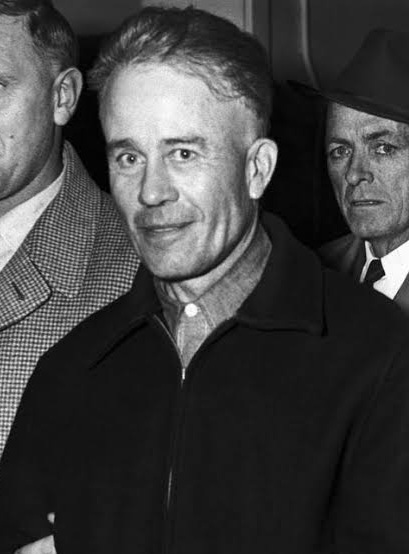Did Ed Gein Kill His Brother in Real Life?
Ed Gein, a name that resonates with horror and morbid curiosity, is often remembered as one of the most notorious criminals in American history. With a notorious reputation fueled by gruesome acts that inspired numerous books and films, the question many ask is, did Ed Gein kill his brother in real life? To answer this question, we must delve into Gein’s life, his family, and the horrifying events that unfolded in Plainfield, Wisconsin.
Understanding Ed Gein’s Background
Born on August 27, 1906, in La Crosse, Wisconsin, Edward Gein was the second of two sons born to George and Augusta Gein, a family that thrived within a strict, abusive environment dominated by their mother. Augusta Gein raised Ed and his brother Henry with an iron hand, instilling in them a deep-seated fear of women and strong, unyielding beliefs that would shape Ed’s future behavior. This psychological foundation paved the way for Ed’s notorious future actions.
The Death of Henry Gein
To address the main query – did Ed Gein kill his brother Henry in real life? – we must reflect on the events surrounding Henry’s untimely demise. In 1944, Ed and Henry were participating in a controlled burn of the marsh on their property when Henry mysteriously died. Although Ed was present during this incident, official reports indicate that his brother’s death was categorized as an accident. There were no substantial investigations or evidence to suggest foul play by Ed.
Some accounts suggest that Ed Gein harbored a limited ability to express emotions and that his control over his environment was a desperate attempt born from a conflicted upbringing. This raises questions about the psychological undercurrents of the brotherhood present in the Gein household and whether sibling rivalry played a role in the circumstances leading up to Henry’s demise.
Exploring the Myths and Misconceptions
With Ed Gein’s narrative becoming a staple in true crime and horror genres, misconceptions regarding his actions and the extent of his crimes have been rampant. Gein was confirmed to have killed two women, Mary Hogan and Bernice Worden, whose murders revealed the shocking degree of his psychosis. However, when it comes to his brother Henry, we see no concrete evidence to link Ed to an intentional act of murder. What seems more plausible is that Gein’s deep psychological issues culminated in a tragic series of events rather than premeditated malice against his sibling.
The True Crimes of Ed Gein
Ed Gein’s distressing legacy does not merely start and end with the question of his brother’s death. The hyper-focus on his life often overshadows the grim reality of his criminal activities. Gein is widely suspected of having killed at least two confirmed victims and exhuming bodies from local graveyards to fulfill his macabre desires.
Mary Hogan, a tavern owner, was reported missing in 1954, and her body was later found in Gein’s home, dismembered and mutilated. Similarly, Bernice Worden, a local hardware store owner, disappeared on November 16, 1957, and it wasn’t long before investigators linked her disappearance to Ed. Authorities discovered her remains in his home, placing Gein at the epicenter of a horrific crime scene that illuminated the chilling extent of his mental disorder.
Why the Interest in Ed Gein Continues
The story of Ed Gein typically incites fascination due in large part to its complex psychological dimensions, as well as the gruesome manner in which his crimes unfolded. Gein has been a source of inspiration for countless fictional characters in horror literature, most notably Norman Bates from ‘Psycho’, Leatherface from ‘The Texas Chainsaw Massacre’, and Buffalo Bill from ‘The Silence of the Lambs’. This cultural phenomenon demonstrates the perverse allure that such notorious criminals possess, often overshadowing the chilling reality of their actions.
Conclusion: Understanding the Dark Legacy of Ed Gein
In the end, the question of did Ed Gein kill his brother in real life? leans towards a resounding no, despite the compelling narrative that surrounds Ed’s life and actions. Understanding his relationship with his brother Henry allows us to reflect on broader psychological themes regarding familial bonds and the impacts of upbringing on mental health. While Gein’s true crimes are undeniably harrowing, it’s crucial to delineate between verifiable facts and mythologized tales that have sprouted around his figure over the years.
The legacy of Ed Gein continues to serve as a cautionary tale, reminding us of how the intersection of mental illness, childhood trauma, and personal darkness can lead to horrifying outcomes. For further details about Ed Gein’s life and crimes, you can explore this article on Wikipedia.






